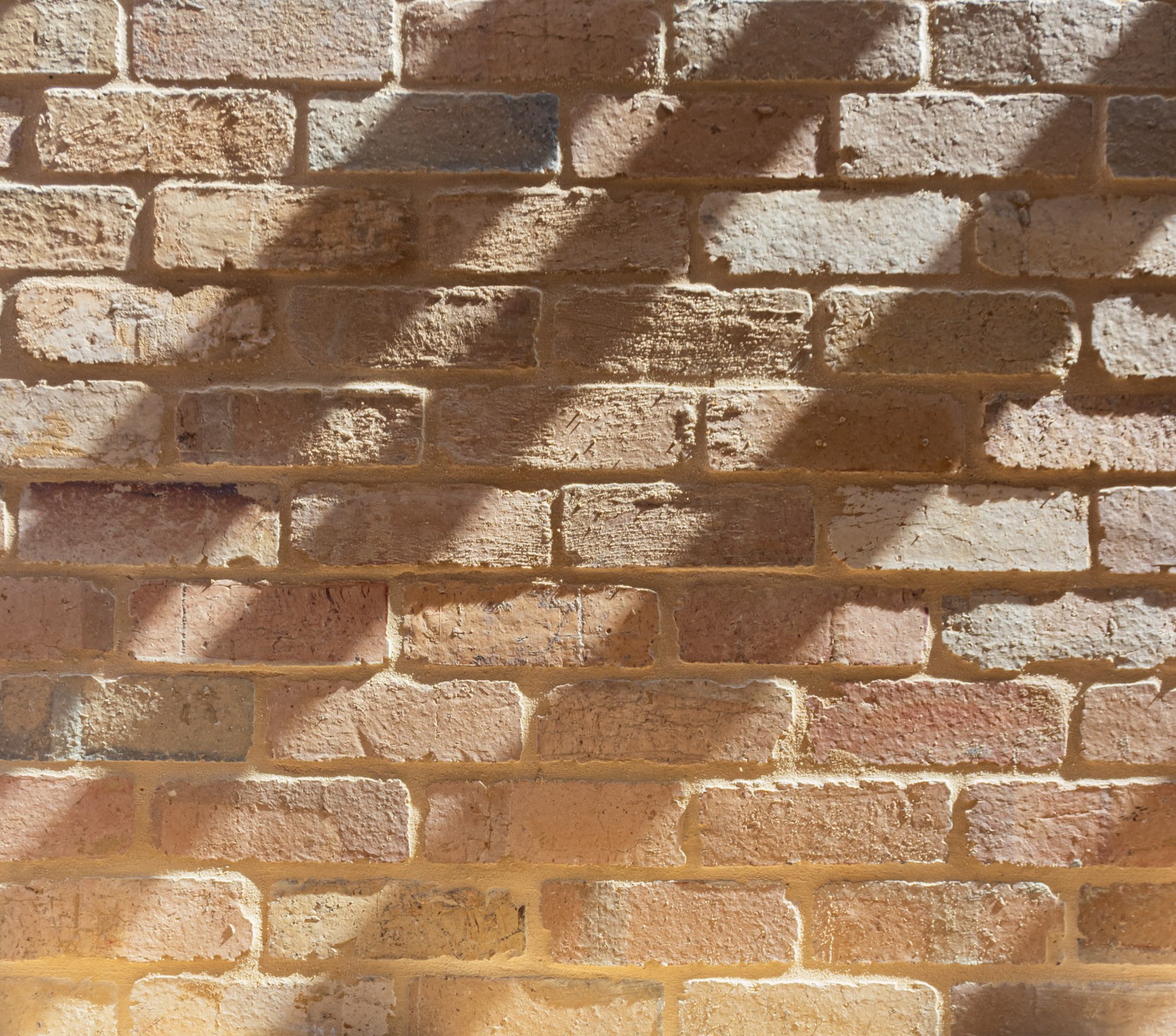Passivhaus & Resilience: Building for the Future in Melbourne

As Melbourne’s climate continues to change, the need for resilient and energy-efficient homes has never been greater. Passivhaus construction represents a forward-thinking approach to sustainable building — delivering comfort, durability and superior performance in the face of environmental challenges. This blog explores how Passivhaus principles strengthen climate resilience and why they represent the future of sustainable living in Melbourne.
What Is Passivhaus?
Passivhaus is an internationally recognised building standard that prioritises energy efficiency, airtightness, insulation and exceptional indoor air quality. Originating in Germany, this design approach minimises energy consumption while maximising comfort, health and long-term performance — ensuring buildings remain efficient and comfortable for decades.
How Passivhaus Enhances Resilience
1. Climate Adaptability
Melbourne’s weather can swing from intense summer heat to crisp winter cold. Passivhaus buildings maintain stable, comfortable indoor temperatures year-round with minimal reliance on active heating or cooling. This adaptability makes them naturally resilient to temperature extremes and a changing climate.
2. Energy Independence
Passivhaus construction reduces energy demand by up to 90% compared with conventional homes. This dramatically lowers reliance on the grid, providing homeowners with greater self-sufficiency, long-term cost savings and protection against rising energy prices and power outages.
3. Superior Indoor Air Quality
A key feature of Passivhaus design is mechanical ventilation with heat recovery (MVHR), which continuously delivers fresh, filtered air while maintaining indoor temperature stability. This creates healthier living environments free from pollutants, allergens and moisture build-up — particularly beneficial in dense urban areas like Melbourne.
4. Extreme Weather Resistance
Through airtight construction, advanced insulation and high-performance glazing, Passivhaus buildings are inherently more resistant to heatwaves, bushfire conditions and storm impacts. These design features safeguard occupants and improve structural integrity under Australia’s increasingly volatile weather conditions.
5. Long-Term Durability
Passivhaus principles emphasise precision construction and high-quality materials, resulting in exceptional durability and low maintenance requirements. Homes built to this standard retain their performance for generations, reducing life-cycle costs and environmental impact.
The Future of Passivhaus in Melbourne
With growing awareness of climate change and the shift toward net-zero building standards, Passivhaus is gaining momentum across Melbourne. Local councils, architects and homeowners are embracing its proven performance benefits while government initiatives increasingly reward energy-efficient design. As the city moves toward a more sustainable future, Passivhaus stands as the benchmark for resilient, low-carbon living.
Conclusion
Passivhaus isn’t just about energy efficiency — it’s about resilience, comfort and future-proofing our homes. By choosing Passivhaus design, Melbourne homeowners can enjoy sustainable comfort, long-term savings and confidence that their homes are built to thrive in a changing climate. It’s not just a smarter way to build — it’s the foundation for resilient living.